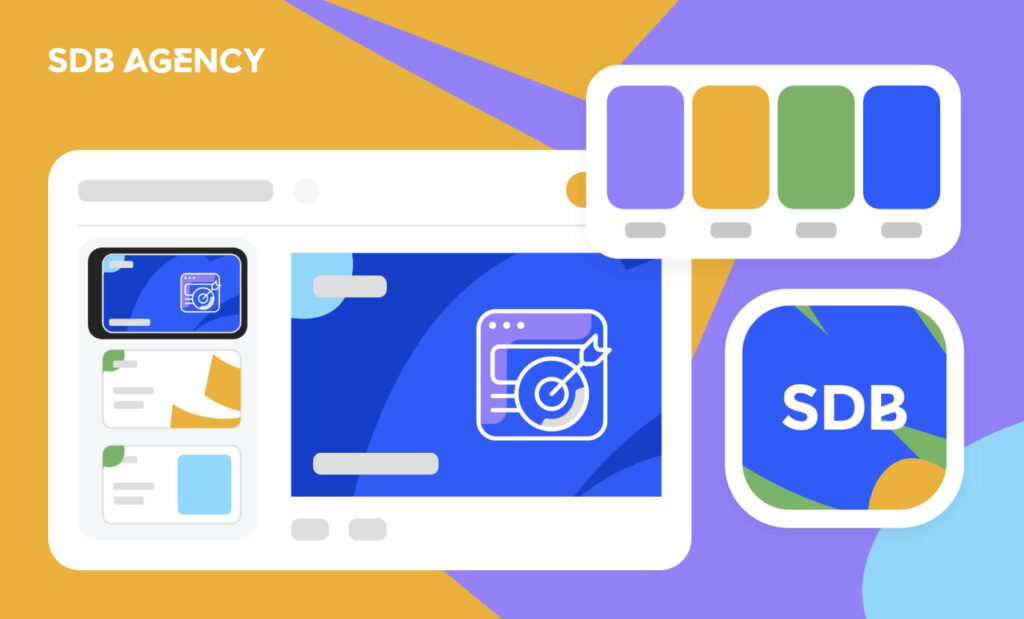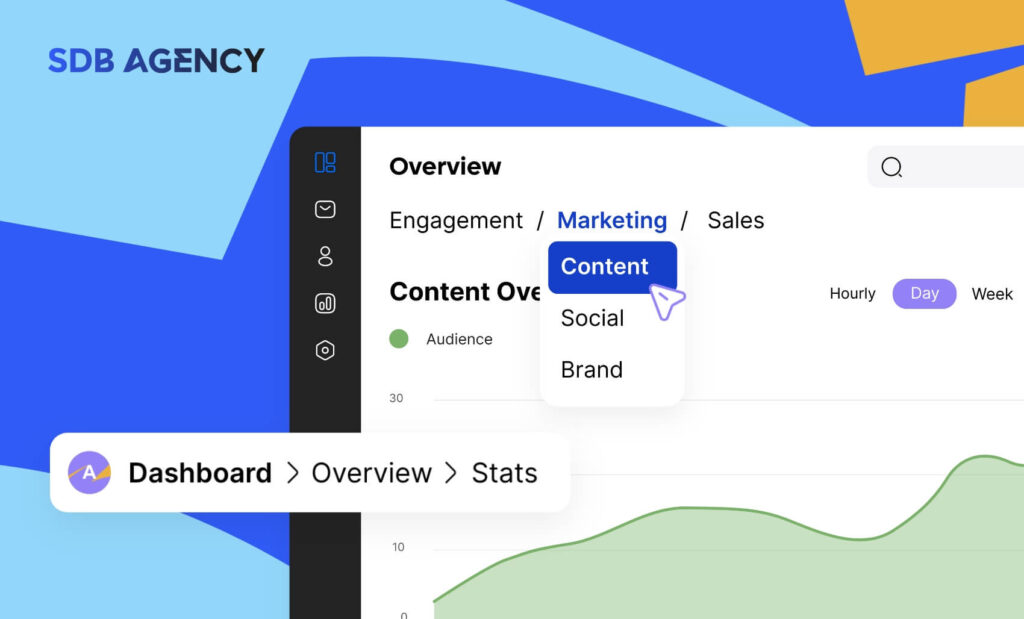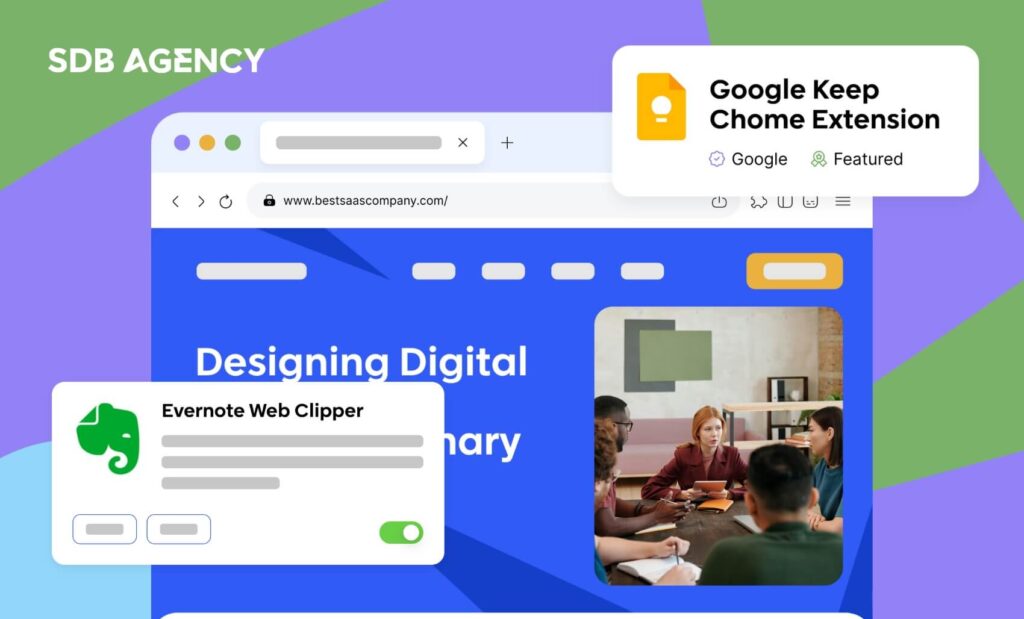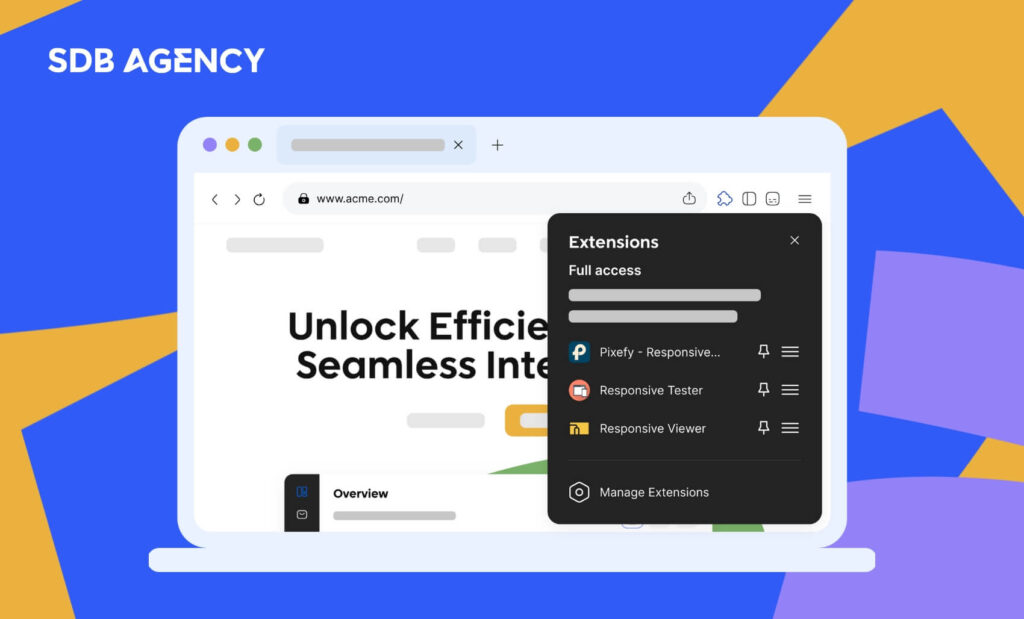7 Signs It’s Time for a Website Revamp and How to Start
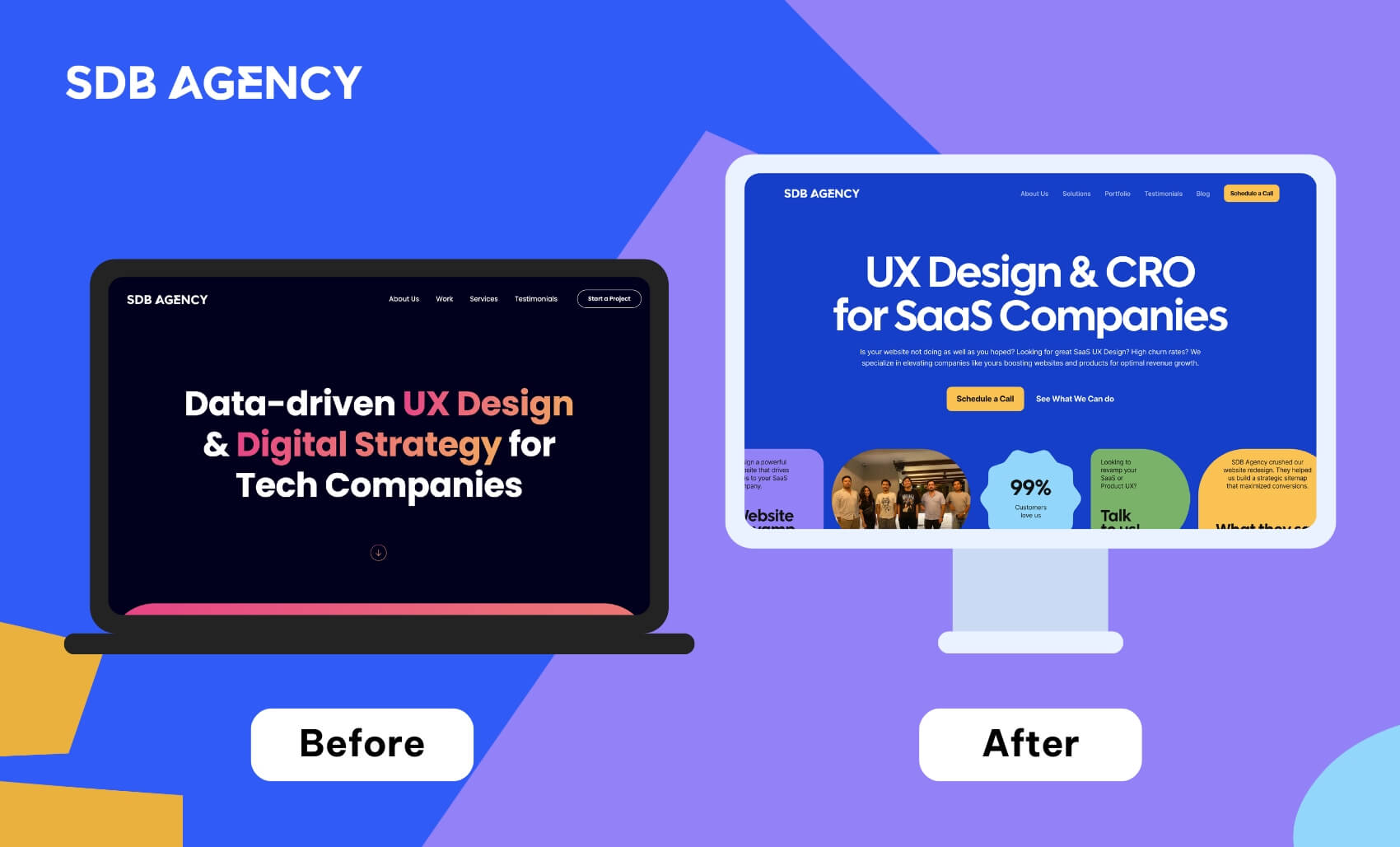
Your website is likely the first point of contact between your company and potential buyers. It’s where people learn about your products and services and connect with you. However, your website can become outdated and lose its effectiveness over time. This is why it’s important to keep track of obsolete elements of your site and see if it’s time for a website revamp.
What are the signs that your website needs a revamp?
Every website’s goal is to engage users and offer valuable experiences. However, HubSpot revealed that over 55% of visitors spend less than 15 seconds on a website. To maintain users’ attention, you must ensure that your website is in top shape. Many businesses are still confused about the perfect time to redesign a website.
The average timeframe for a website revamp or rework is around every 18 months. This helps maintain your online presence and keeps you competitive in the constantly changing digital industry.
Here are the 7 signs that it’s time for a website revamp.
1. Your website has a high bounce rate

The entire point of having a website is to offer your visitors valuable information so they can take the next steps for your business, including contacting you and purchasing your products or services.
The bounce rate is a metric that shows the number of visitors who only view a page on your site and instantly leave. If a high percentage of visitors leave your site after only visiting one page, this may indicate that your site is difficult to navigate or doesn’t provide the information they’re looking for.
An excellent bounce rate is around 26 to 40%. 41 to 55% is average, while 56 to 70% is above average but may still be reasonable, depending on your industry and website. However, anything above 70% is alarming.
2. Your website isn’t mobile-friendly or responsive

A website that isn’t mobile-friendly or responsive can significantly impact your online presence. Most people access the internet through their mobile devices, so your site must be optimized for it. A website that isn’t mobile-friendly or responsive will look unorganized and distorted on smaller screens, making users have difficulty navigating your site and finding the information they need.
In addition, search engines like Google prioritize mobile-friendly in their search results. This means that your site may not appear as high in Google’s rankings if it’s not mobile-friendly. Therefore, consider redesigning if your website is not optimized for mobile to ensure your online presence is accessible throughout all devices.
3. Poor user experience

If your site has broken links, takes time to load, or is difficult to navigate, users will become frustrated and leave due to a poor user experience. This may result in a high bounce rate and loss of potential customers.
A website with a cluttered layout, confusing menus, and overwhelming visuals may make it difficult for visitors to navigate and find the right information or products. Therefore, ensure a clear and organized website structure with easy-to-navigate menus and proper search functionality.
A well-designed website should efficiently guide users to the right information and allow them to take the desired action, whether it’s buying a product or filling out a contact form. If your site is difficult to navigate, it may be time for a redesign to improve its user experience and offer better engagement to your audience.
4. Your website doesn’t reflect your current branding

Your website will likely give your potential customers the first impression of your business. Therefore, it must reflect your current branding accurately. If your branding has changed over time, but your website isn’t following the change, it may create confusion and even lead to distrust.
Your website should offer the same look, feel, and messaging across other marketing materials, including your social media profiles, advertisements, and business cards.
If your website doesn’t reflect your current branding, you should consider a website redesign to ensure your brand appears consistently across all platforms. Your design team or a talented web design agency can help you create a website that accurately reflects your current branding.
5. Your website is not SEO-optimized
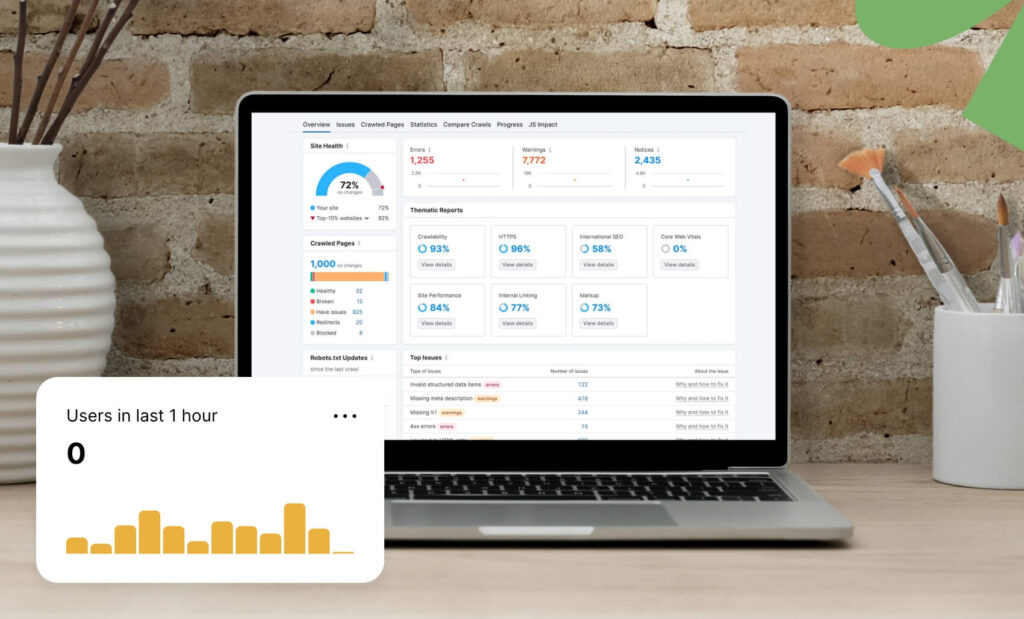
If your website isn’t optimized for Google and other search engines, your target audience may have trouble finding it when they search for relevant keywords or phrases. This can affect your brand’s success and lead to less traffic and engagement.
Optimizing your website’s SEO involves many aspects, including keyword research and optimizing meta descriptions and backlinks. However, you can take some SEO shortcuts, like using SEO plugins or tools that can help optimize your website structure and content. By optimizing your site, you can improve your ranking on search engines and increase the chance of your potential customers finding your site.
6. You receive fewer calls

Nowadays, a traditional phonebook is virtually irrelevant, as websites and other online platforms like social media and Google Business Listing are the phonebooks of our generation. 75% of consumers judge a company’s credibility based on its website.
Therefore, it’s essential that your website looks professional and offers a clear path for your visitors to take necessary actions, such as contacting you or filling out a form.
In addition, a well-designed website not only boosts credibility but also enhances user experience. A clean, intuitive layout ensures visitors can easily navigate your content and find the information they need without frustration. Whether it’s for making a purchase, scheduling a service, or simply learning more about your business, a seamless online experience can significantly impact conversion rates and overall customer satisfaction. In today’s digital age, your website is often the first impression potential clients or customers will have, so making it both functional and visually appealing is crucial.
7. No offense, but your website is ugly or outdated

Studies have revealed that 94% of negative feedback is related to website design. A bad-looking or outdated website design can be a huge barrier for growth. Due to the fast-paced nature of the internet and continuously changing design trends, it’s crucial to keep your website’s design updated to remain competitive.
An outdated design will make your website seem unprofessional and unreliable. It can give the impression that your business isn’t up to the standards and that you aren’t willing to invest in your online presence, leading to a lack of trust and credibility. Therefore, investing in a website redesign is the opportunity to give your site a fresh new look while also improving your user experience, which drives more traffic, leads, and sales to your business.
Looking for someone to help revamp your website?
Our team at SDB Agency can help improve your website UX design. Let us take a look at your site and perform a quick audit*. We’ll offer our honest opinion on what your site does right and where it may need improvement. If your site requires a complete revamp, we’ll show you how great it can truly be.
*Audits are only for qualified prospects. You must be a SaaS company with a minimum ARR (Annual Recurring Revenue) of $250K.
Conclusion
Website revamps are more than just making a site “look better.” Even though adding a sexy new look to your website is always great, a redesign should help you convert visitors into customers; without function, navigating through your site can feel like an obstacle.
When revamping your website, spend as much time focusing on user experience and functionality as much as how your website looks and feels.

